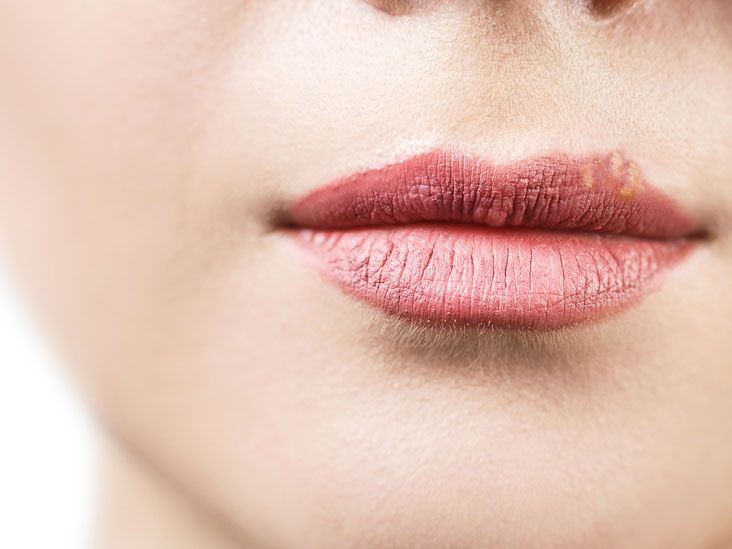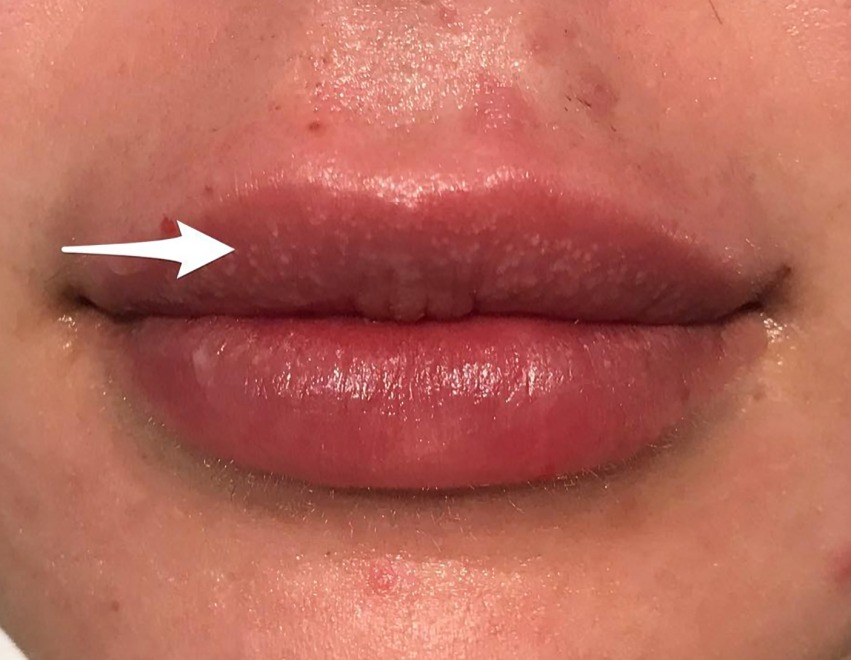If you’ve noticed whitish-yellow bumps that have suddenly appeared on your lips, inside your cheeks, or on your private parts, don’t panic. While these spots may seem alarming, they are actually more common than you might think. Known as Fordyce Spots, they are harmless and are found in about 80% of people.

First described by Dr. John Addison Fordyce in 1896, these spots are actually sebaceous glands—small oil glands found in the skin, typically associated with hair follicles. These spots may appear as small, pale bumps, and while they can be concerning due to their sudden appearance, they are not a cause for alarm.
What Are Fordyce Spots?

Fordyce Spots are sebaceous glands that do not have hair follicles associated with them, unlike typical sebaceous glands that are linked to hair follicles. They are not itchy, painful, or infectious, which makes them distinguishable from conditions like genital warts or sexually transmitted infections (STIs).
While Fordyce Spots are present from birth, they become more noticeable during puberty and can remain visible throughout adulthood. These spots are typically white, yellow, or flesh-colored and are often found on the genitals, lips, and inner cheeks. If you’ve noticed them on your private parts, it’s likely due to the natural occurrence of these glands, and they are not a sign of a serious medical condition.
Why Do They Appear?

Fordyce Spots become more visible during puberty when hormonal changes cause the sebaceous glands to enlarge. These spots are more common in individuals with oily skin, as the sebaceous glands are responsible for producing sebum, an oily substance that helps lubricate the skin.
The appearance of Fordyce Spots on the penis, for example, may cause concern because they can resemble conditions such as Molluscum contagiosum, milium cysts, epidermoid cysts, or even genital warts and herpes. However, Fordyce Spots are non-infectious and not sexually transmitted.
Should You Be Concerned?

Although Fordyce Spots are completely benign and harmless, it’s understandable that some individuals may be concerned, especially if they are unsure of what they are. Because they can resemble other skin conditions, it’s always a good idea to consult a healthcare professional if you’re unsure. A doctor or dermatologist can provide a diagnosis and help distinguish Fordyce Spots from other conditions that might require different treatment or attention.
Treatment Options for Fordyce Spots
While Fordyce Spots are generally harmless and do not require treatment, some individuals may feel self-conscious about their appearance. If you find that these spots bother you, there are treatments available that can reduce or remove them. Here are some of the treatment options:
-
Cryotherapy – Freezing the spots to destroy the tissue, similar to how warts are treated.
-
Electrodessication – Using a special electric needle to burn the spots.
-
Laser Skin Resurfacing – Short-pulsed light energy or continuous light beams are used to remove the spots with minimal heat damage to the surrounding skin.
-
Micro-Punch Surgery – A pen-like instrument is used to “punch” the spots out of the skin.
-
Topical Treatments – Creams such as retinoids can help reduce the visibility of Fordyce Spots by promoting skin turnover.
It’s important to remember that trying to pick or squeeze the spots yourself could lead to irritation or infection. Always seek advice from a healthcare provider before attempting any treatments on your own.
Preventing the Appearance of Fordyce Spots
Although you can’t prevent Fordyce Spots from developing, you can help reduce their visibility with a proper skincare routine. Some simple habits can help maintain your skin’s health and may keep these spots from becoming more prominent:
-
Wash with Warm Water – Use mild cleansers or soaps that are gentle on the skin. Avoid harsh products that could irritate the area.
-
Moisturize – Keeping your skin hydrated can help maintain its overall health and appearance, which may reduce the visibility of these spots.
-
Avoid Picking or Scratching – Since Fordyce Spots are harmless, avoid attempting to remove or irritate them by picking or scratching.
Conclusion: Fordyce Spots Are Common and Harmless
While it can be concerning to notice new bumps or spots on your body, Fordyce Spots are completely benign and a normal part of life for many people. They are often harmless, though if you ever feel uncertain about any changes to your skin, it’s always a good idea to consult with a healthcare provider.
Understanding the nature of these spots and their common occurrence can help alleviate worry. Remember, a healthy skincare routine, combined with regular check-ups with a dermatologist, can go a long way in ensuring that your skin stays in good condition and that any changes are properly monitored.
